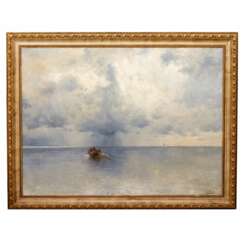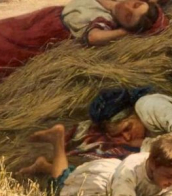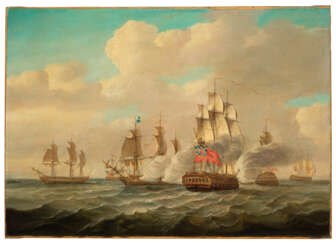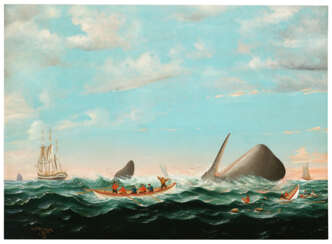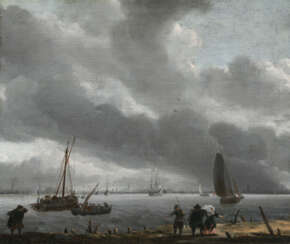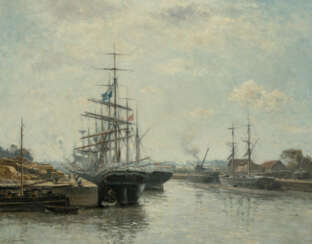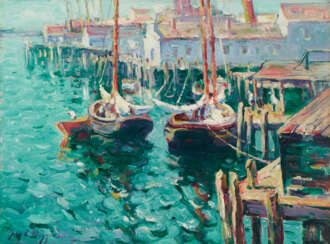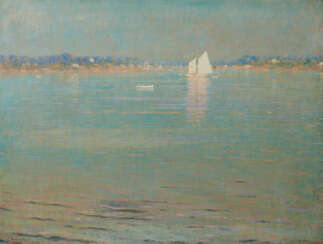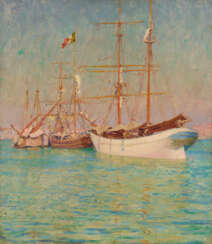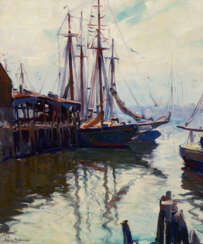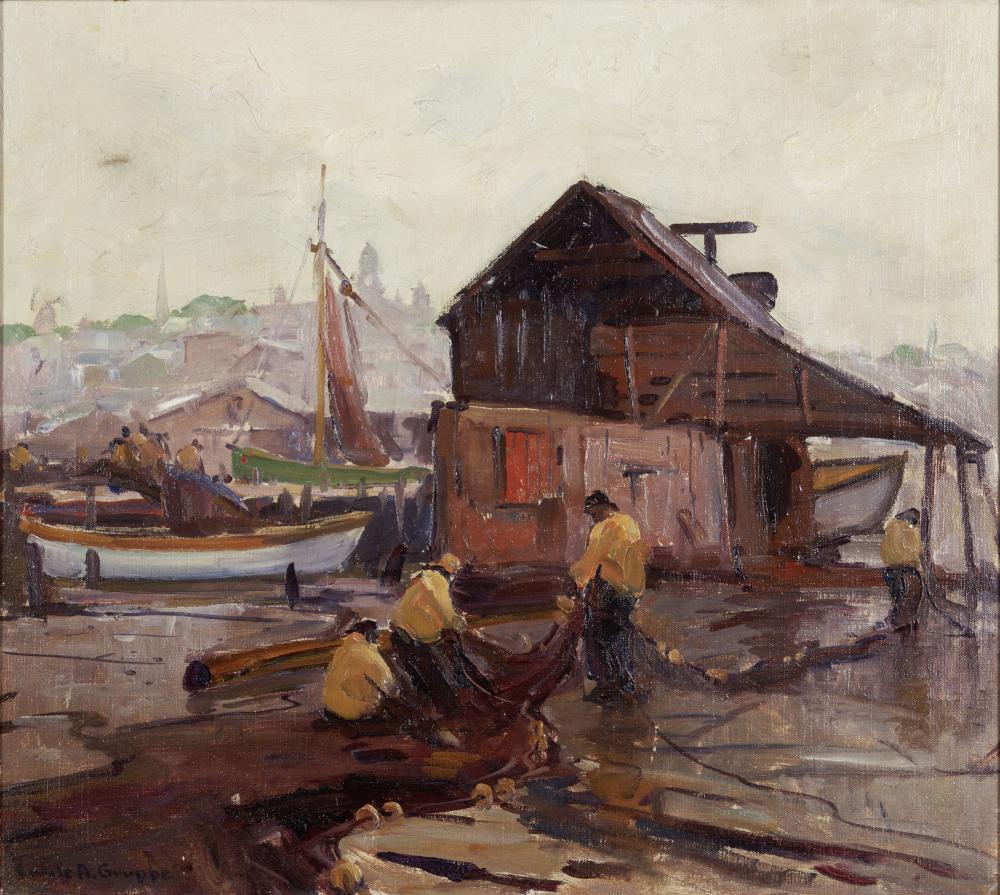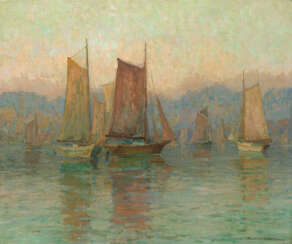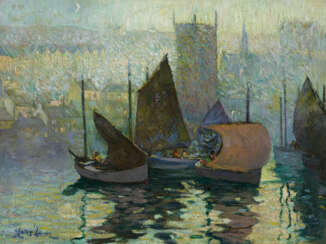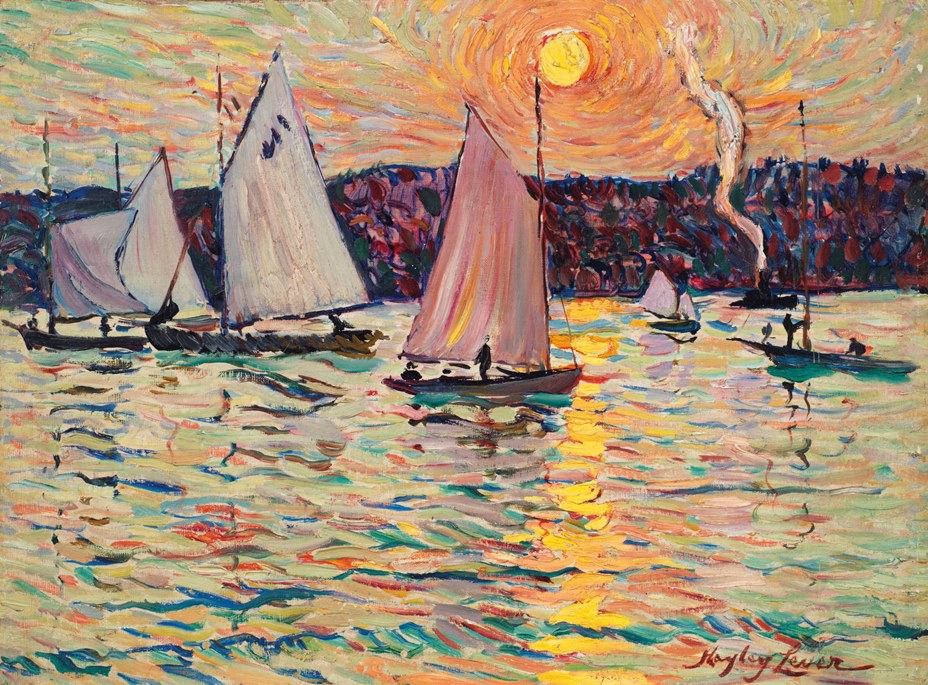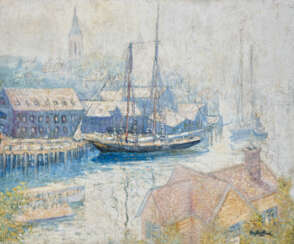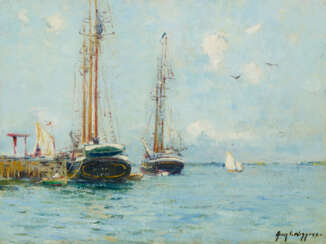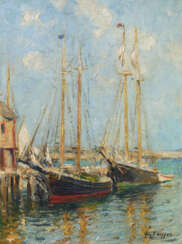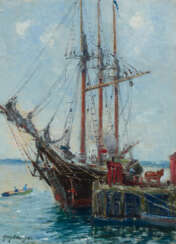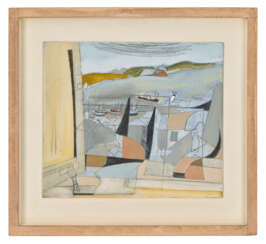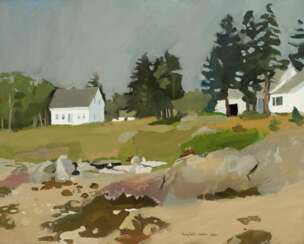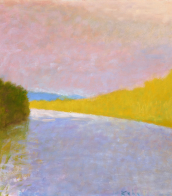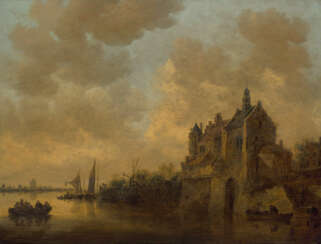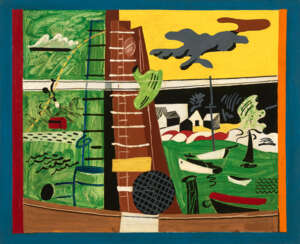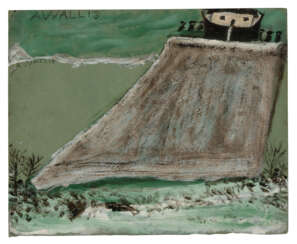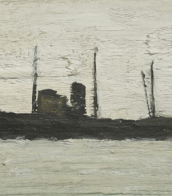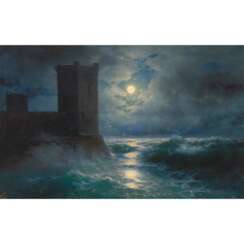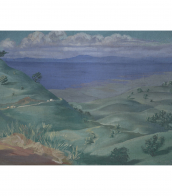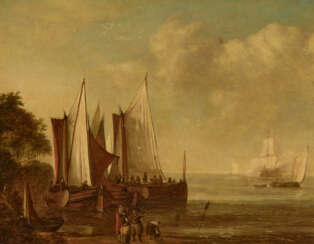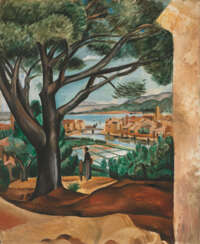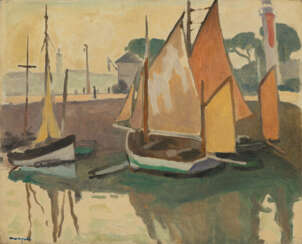картина маслом морской пейзаж

Dominic Serres was a French-born painter strongly associated with the English school of painting, and with paintings with a naval or marine theme. Such were his connections with the English art world, that he became one of the founding members of the Royal Academy in 1768, and was later briefly (from 1792 until his death) its librarian.

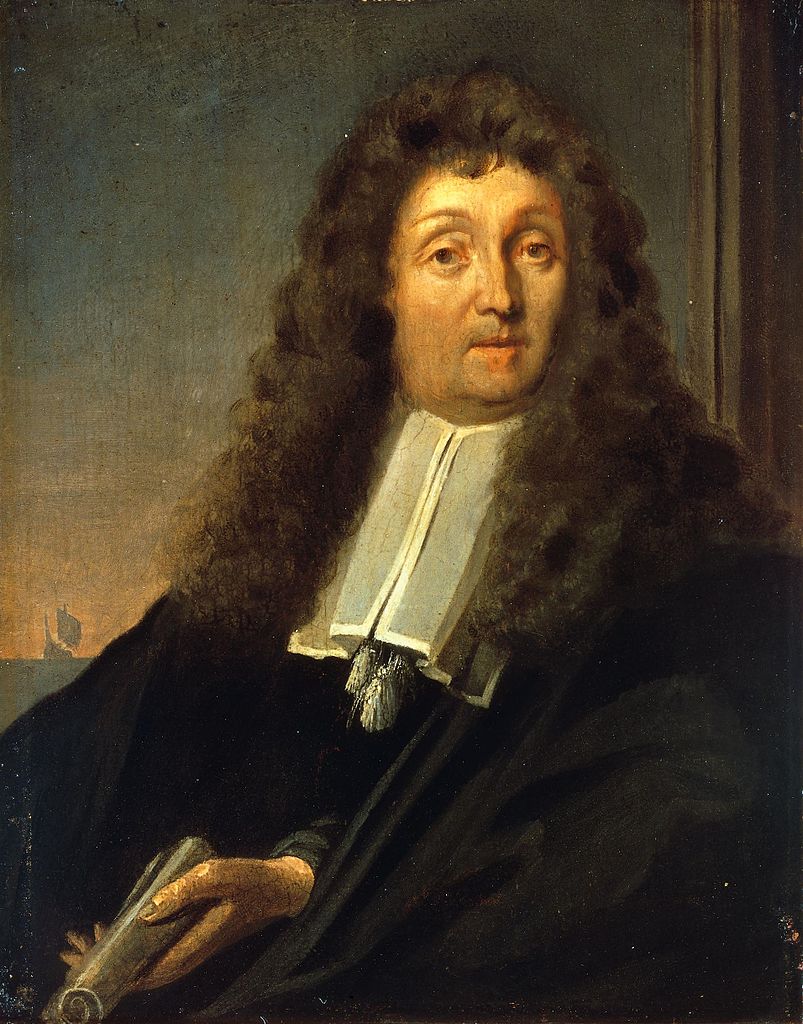
Ludolf Bakhuizen was a Dutch painter of the 17th and early 18th centuries. He is known as an outstanding master of seascapes. Bakhuizen also painted biblical themes and portraits of his contemporaries as well as engravings and miniature models of ships.
Ludolf Bakhuizen is considered one of the best marine painters of the Golden Age of Dutch painting. Among the admirers of his work were many influential European rulers, including the Russian Tsar Peter the Great. The master met Peter I, who visited Amsterdam in the mid-1690s and, according to contemporaries, even managed to give some painting lessons to the Russian tsar. In addition, Вakhuizen made models of all kinds of ship designs on commission from Peter the Great.
Toward the end of his life, the Amsterdam authorities honored Bakhuizen by opening his own gallery on the top floor of the City Hall for his achievements in the fine arts. The best masterpieces of his work are now preserved in museums in the Netherlands, Germany, England, France, and Italy.

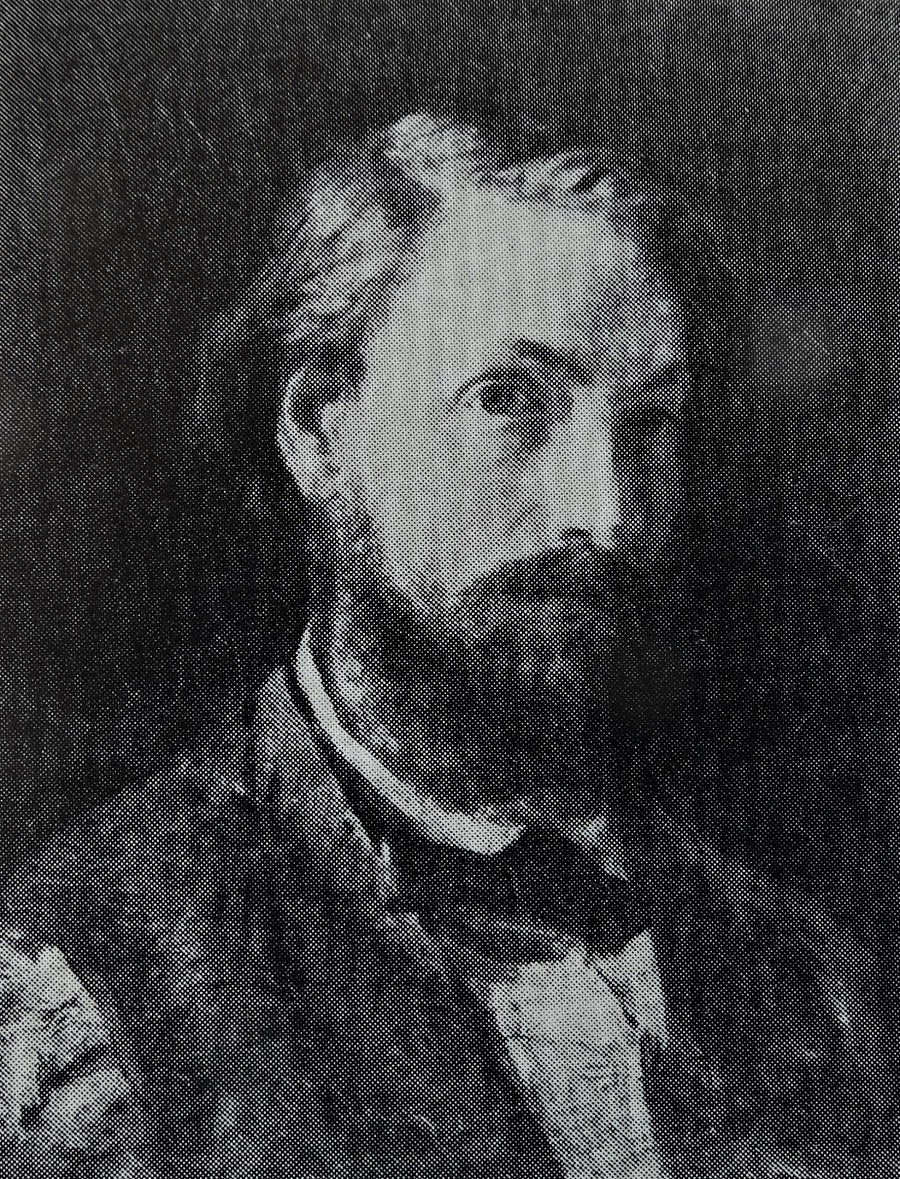
Stanislas Victor Edouard Lépine was a French painter who specialized in landscapes, especially views of the Seine.


Stanislas Victor Edouard Lépine was a French painter who specialized in landscapes, especially views of the Seine.
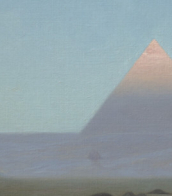
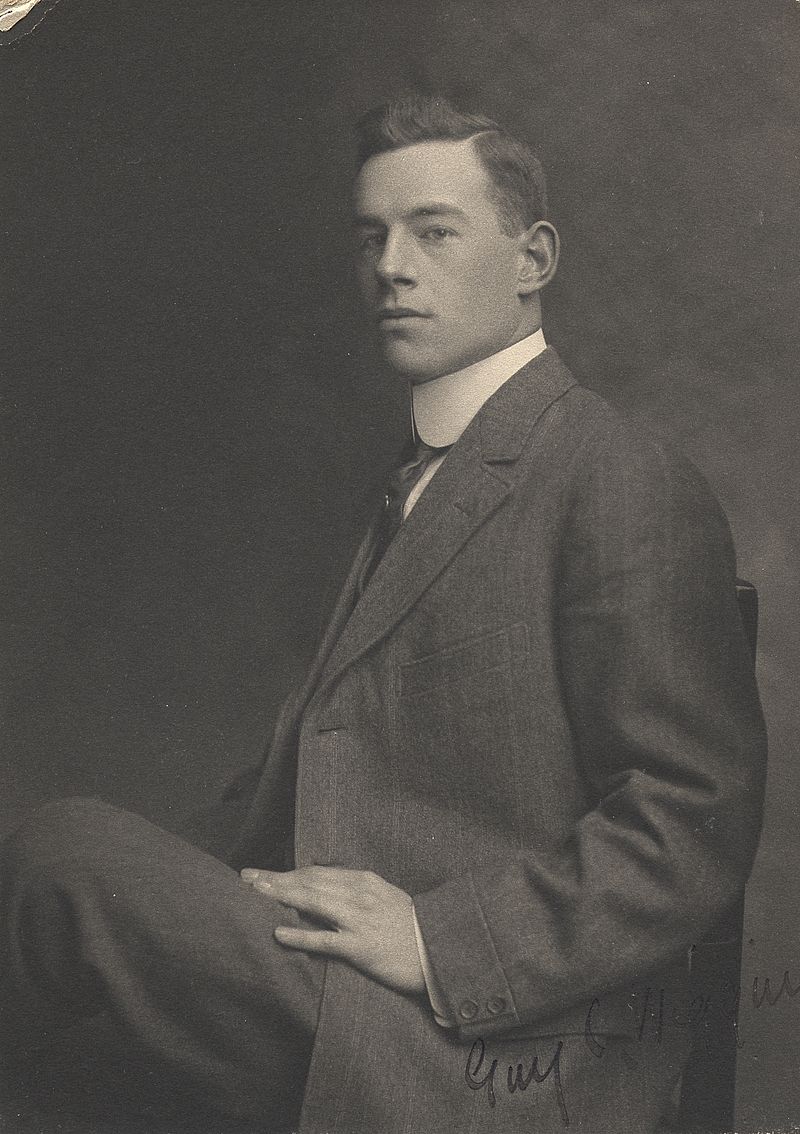
Guy Carleton Wiggins was an American artist known for his impressionistic winter landscapes, particularly those of New York City.
Wiggins began his artistic training at a young age and went on to study at the National Academy of Design and the Art Students League in New York City. He also studied in Europe, particularly in France, where he was heavily influenced by the Impressionist movement.
Wiggins is best known for his snowscapes, which often depict New York City streets, parks, and landmarks covered in snow. He used a technique of laying thick, impasto paint on the canvas, creating a sense of depth and texture in his paintings.
Wiggins was a prolific artist, producing over 3,000 works during his lifetime. He was a member of several art organizations, including the Salmagundi Club, the National Academy of Design, and the American Watercolor Society.
Today, his paintings can be found in numerous private and public collections, including the Metropolitan Museum of Art, the Smithsonian American Art Museum, and the White House.
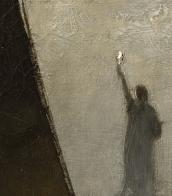
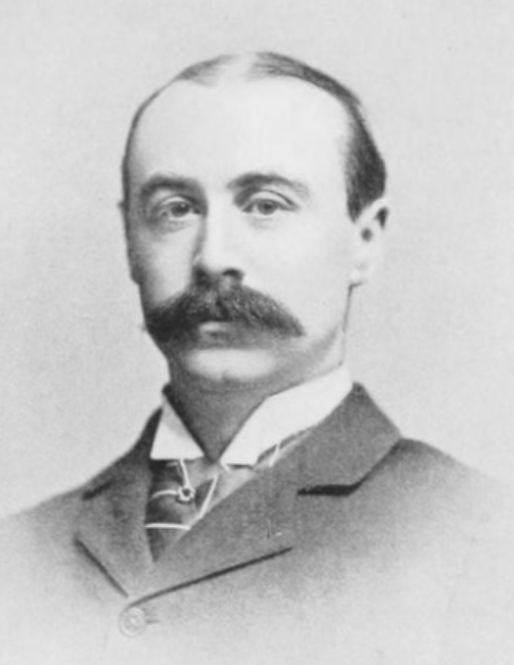



Guy Carleton Wiggins was an American artist known for his impressionistic winter landscapes, particularly those of New York City.
Wiggins began his artistic training at a young age and went on to study at the National Academy of Design and the Art Students League in New York City. He also studied in Europe, particularly in France, where he was heavily influenced by the Impressionist movement.
Wiggins is best known for his snowscapes, which often depict New York City streets, parks, and landmarks covered in snow. He used a technique of laying thick, impasto paint on the canvas, creating a sense of depth and texture in his paintings.
Wiggins was a prolific artist, producing over 3,000 works during his lifetime. He was a member of several art organizations, including the Salmagundi Club, the National Academy of Design, and the American Watercolor Society.
Today, his paintings can be found in numerous private and public collections, including the Metropolitan Museum of Art, the Smithsonian American Art Museum, and the White House.


Guy Carleton Wiggins was an American artist known for his impressionistic winter landscapes, particularly those of New York City.
Wiggins began his artistic training at a young age and went on to study at the National Academy of Design and the Art Students League in New York City. He also studied in Europe, particularly in France, where he was heavily influenced by the Impressionist movement.
Wiggins is best known for his snowscapes, which often depict New York City streets, parks, and landmarks covered in snow. He used a technique of laying thick, impasto paint on the canvas, creating a sense of depth and texture in his paintings.
Wiggins was a prolific artist, producing over 3,000 works during his lifetime. He was a member of several art organizations, including the Salmagundi Club, the National Academy of Design, and the American Watercolor Society.
Today, his paintings can be found in numerous private and public collections, including the Metropolitan Museum of Art, the Smithsonian American Art Museum, and the White House.


Guy Carleton Wiggins was an American artist known for his impressionistic winter landscapes, particularly those of New York City.
Wiggins began his artistic training at a young age and went on to study at the National Academy of Design and the Art Students League in New York City. He also studied in Europe, particularly in France, where he was heavily influenced by the Impressionist movement.
Wiggins is best known for his snowscapes, which often depict New York City streets, parks, and landmarks covered in snow. He used a technique of laying thick, impasto paint on the canvas, creating a sense of depth and texture in his paintings.
Wiggins was a prolific artist, producing over 3,000 works during his lifetime. He was a member of several art organizations, including the Salmagundi Club, the National Academy of Design, and the American Watercolor Society.
Today, his paintings can be found in numerous private and public collections, including the Metropolitan Museum of Art, the Smithsonian American Art Museum, and the White House.

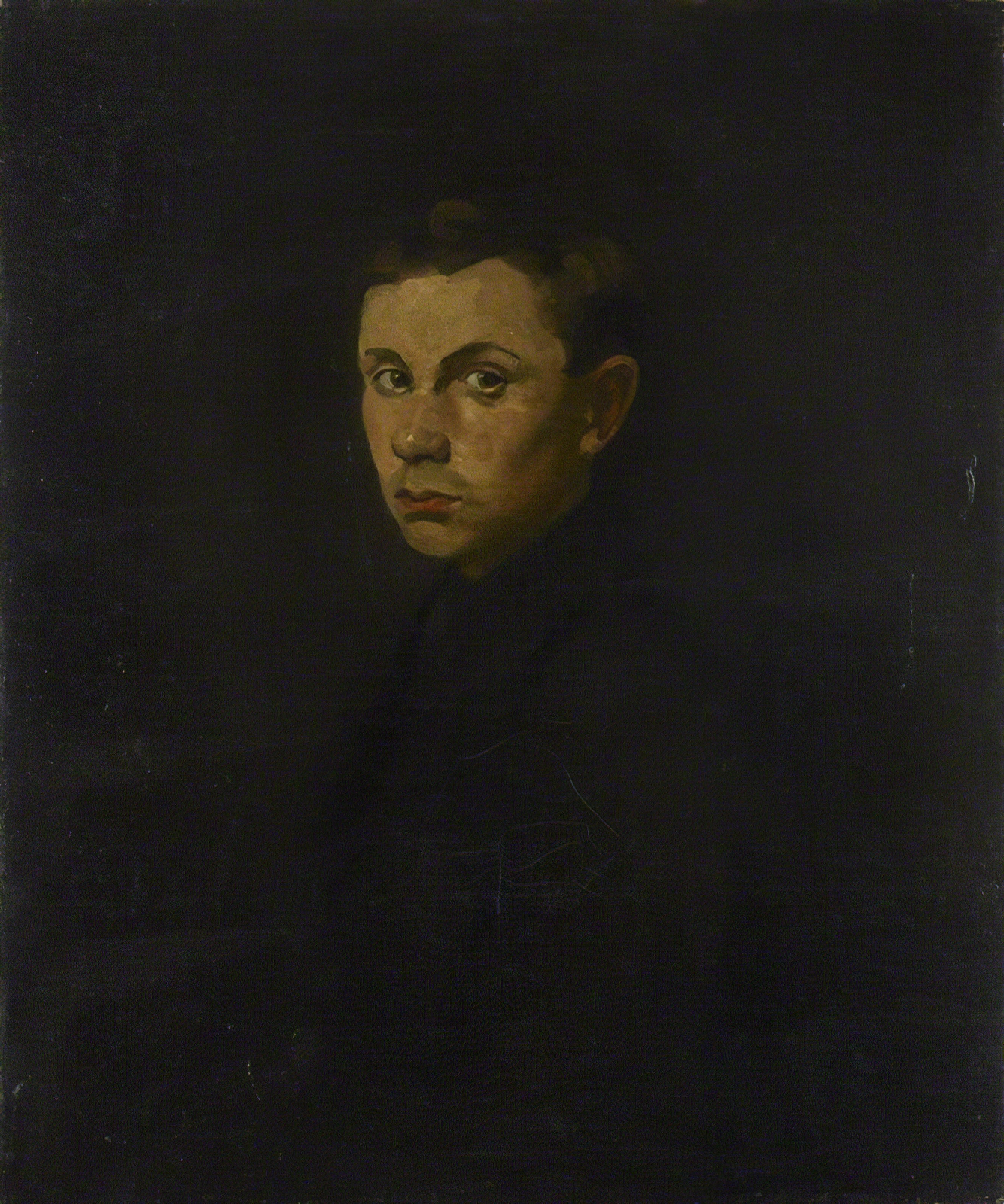
Ben Nicholson, an English artist, is celebrated for his significant contributions to abstract art. Born into an artistic family, Nicholson's work evolved from figurative art to embrace and lead in the development of abstract art in Britain. His early career was marked by experimentation with Cubism and interaction with influential artists like Barbara Hepworth, Henry Moore, Piet Mondrian, and Pablo Picasso, which profoundly shaped his artistic direction.
Nicholson's art is notable for its sensitive balance of tone and texture, employing dynamic and rhythmic lines that abstractly reference architectural forms and societal structures. His technique involved meticulous carving, painting, and the innovative use of color, especially in his later works where he explored the interplay of light and form to create poetic, abstract landscapes. His contributions were not just confined to his own practice; through collaborative projects and influential writings, he played a pivotal role in the discourse of modernist art, advocating for abstract art's broader appreciation.
Noteworthy pieces of Nicholson's work, including "March 1963 (Archimedes)" and "June 1961 (green goblet and blue square)," among others, are housed in prestigious collections like the Tate Gallery, Tate St Ives, Kettle's Yard Art Gallery in Cambridge, The Hepworth Wakefield, Pallant House Gallery in Chichester, and the Pier Arts Centre in Stromness, Orkney.
Nicholson's legacy as a pioneer of abstract art in the UK is secured through his innovative approaches and influential partnerships, which have left an indelible mark on the landscape of 20th-century art. His work continues to inspire and resonate, reflecting a deep understanding of the abstract's power to express the complexities of human experience and the natural world.
For collectors and experts in art and antiques interested in the pivotal movements of 20th-century art, Ben Nicholson's oeuvre offers a rich field of study and appreciation. To stay updated on new product sales and auction events related to Ben Nicholson's work, signing up for updates is a step towards deepening your understanding and appreciation of this key figure in modernist art.
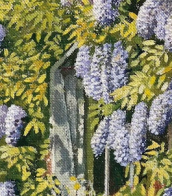
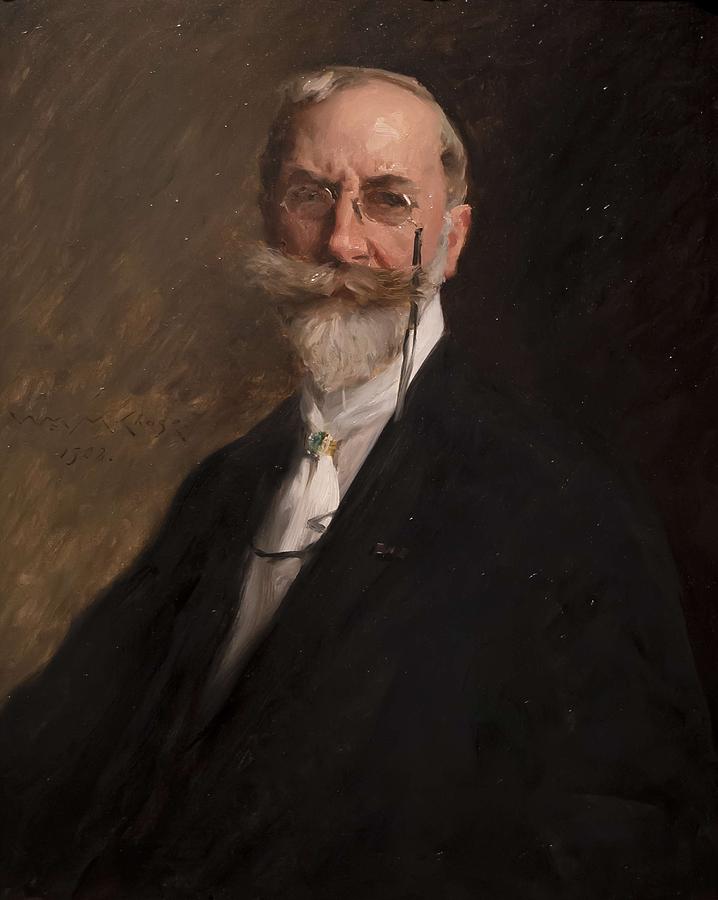
William Merritt Chase was an American painter, celebrated for his role in establishing Impressionism in America and his profound influence as an art educator. Born on November 1, 1849, in Indiana, Chase became a pivotal figure in American art, blending Impressionist and Realist styles with a distinctive flair that captured both cityscapes and intimate studio settings. His mastery of oil, pastel, and watercolor allowed him to create works renowned for their vibrancy and expressiveness.
Chase's career was notably marked by his transformation of studio environments into aesthetic showplaces, making them centers of social gatherings that enhanced his stature in the art community. His tenure at the Shinnecock Hills Summer School and his travels in Europe, especially his interactions with European artists, were crucial in shaping his artistic direction. Notably, his exposure to French Impressionism through exhibitions in New York profoundly influenced his style, integrating lighter palettes and freer brushwork which became evident in his landscapes and portraits.
Chase's works are celebrated for their innovative use of color and composition, qualities that made him a leading figure in American Impressionism. His notable works include scenes of everyday leisure, portraits, and vibrant landscapes, capturing the essence of his era with elegance and sophistication.
If you are intrigued by the artistic journey and impact of William Merritt Chase, consider signing up for updates. This subscription will keep you informed about new sales, upcoming auctions, and events related to his works. Stay connected with the vibrant world of William Merritt Chase and enhance your collection with knowledge and opportunities. Sign up today!

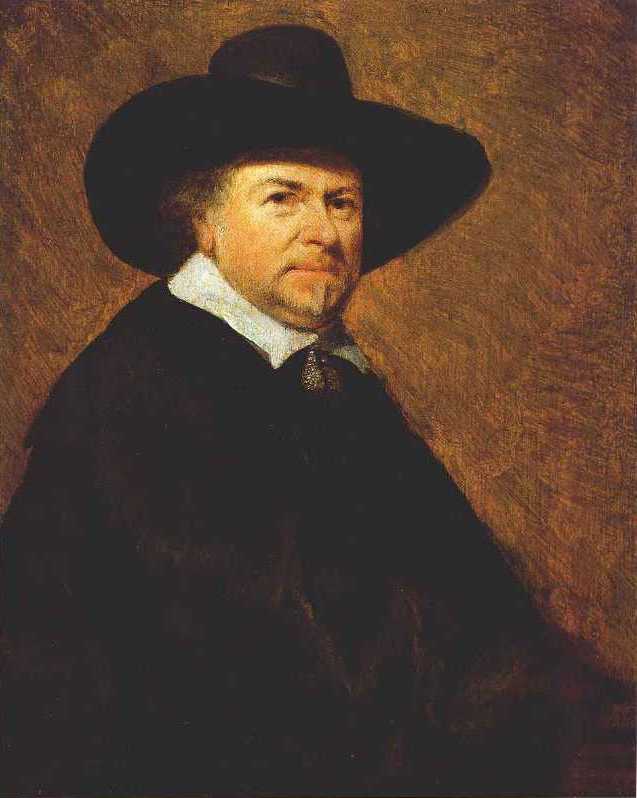
Jan Josephsz. van Goyen was a Dutch landscape painter and draftsman of the Golden Age, a member of the Guild of St. Luke of Leiden, and a representative of the so-called tonal landscape. Van Goyen specialized in landscape painting and left many paintings depicting forest paths, rivers, lakes, and canals. He also painted peasant huts and the outskirts of towns.
Jan van Goin was one of the most prolific painters of the 17th century: some 1,200 paintings he created and some 800 drawings have survived.
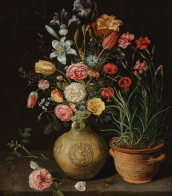
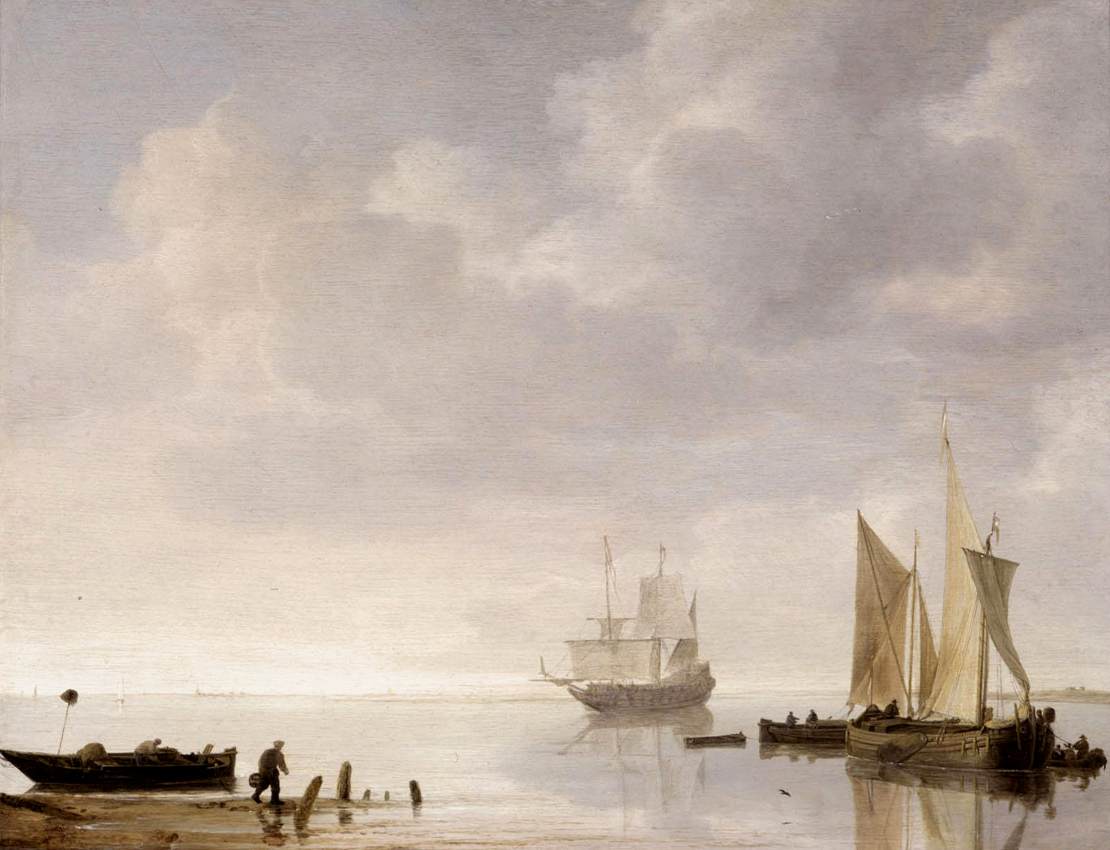
Simon de Vlieger was a maritime painter of the Golden Age of Dutch painting. He is best known for his paintings depicting the naval fleet of the Republic of the United Provinces of Holland. He painted ships in port, on the high seas, during storms, or shipwreck scenes. Flieger also made tapestries, engravings, and stained-glass windows for the Nieuwe Kerk in Amsterdam.

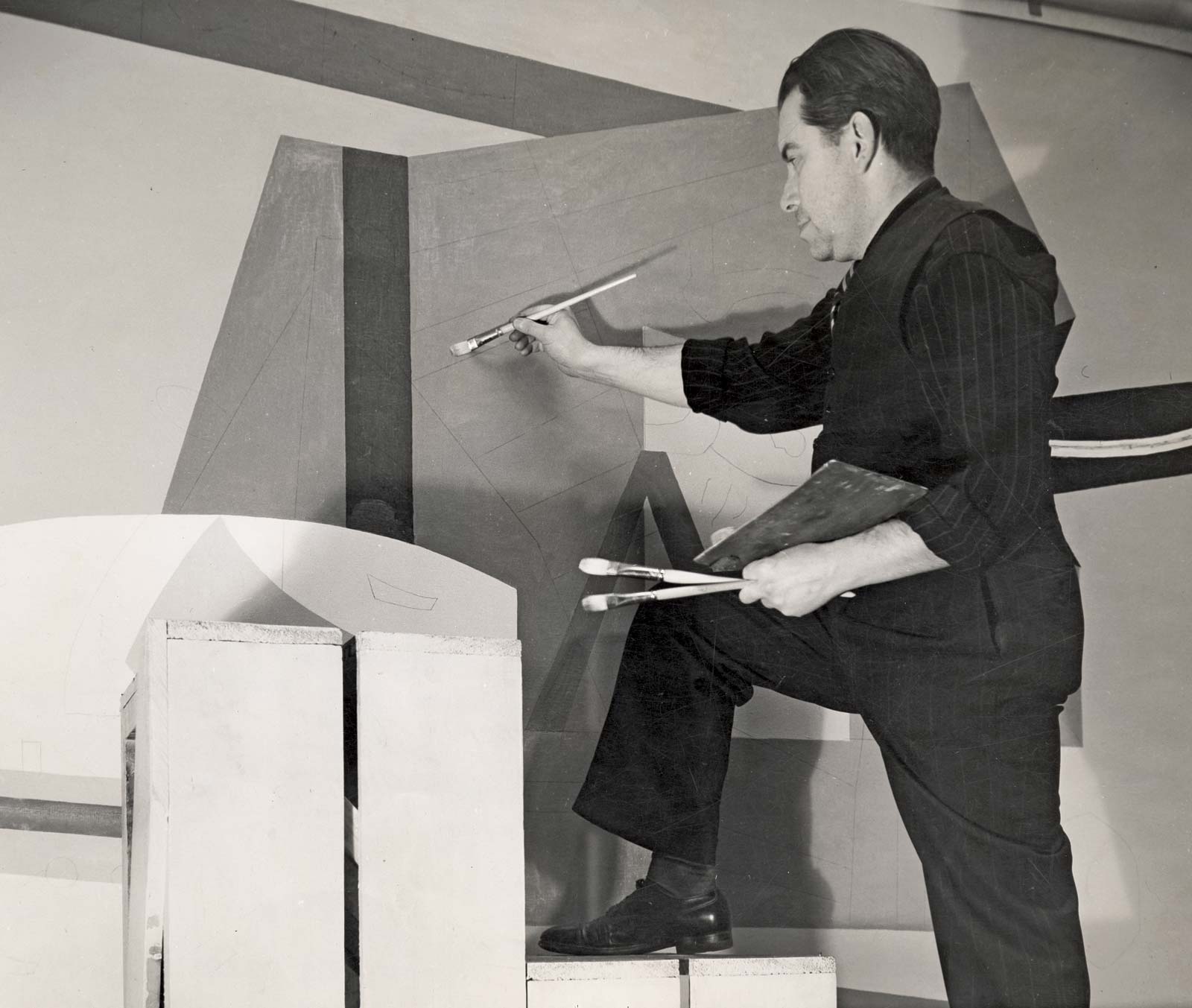
Edward Stuart Davis was an American artist, a representative of Cubism and Pop Art in painting. He was also active in politics; one of Davis's goals was to "reconcile abstract art with Marxism and modern industrial society. Along with his paintings, Davis was also an engraver and member of the Society of American Graphic Artists.
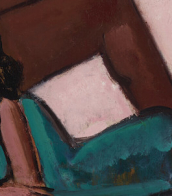
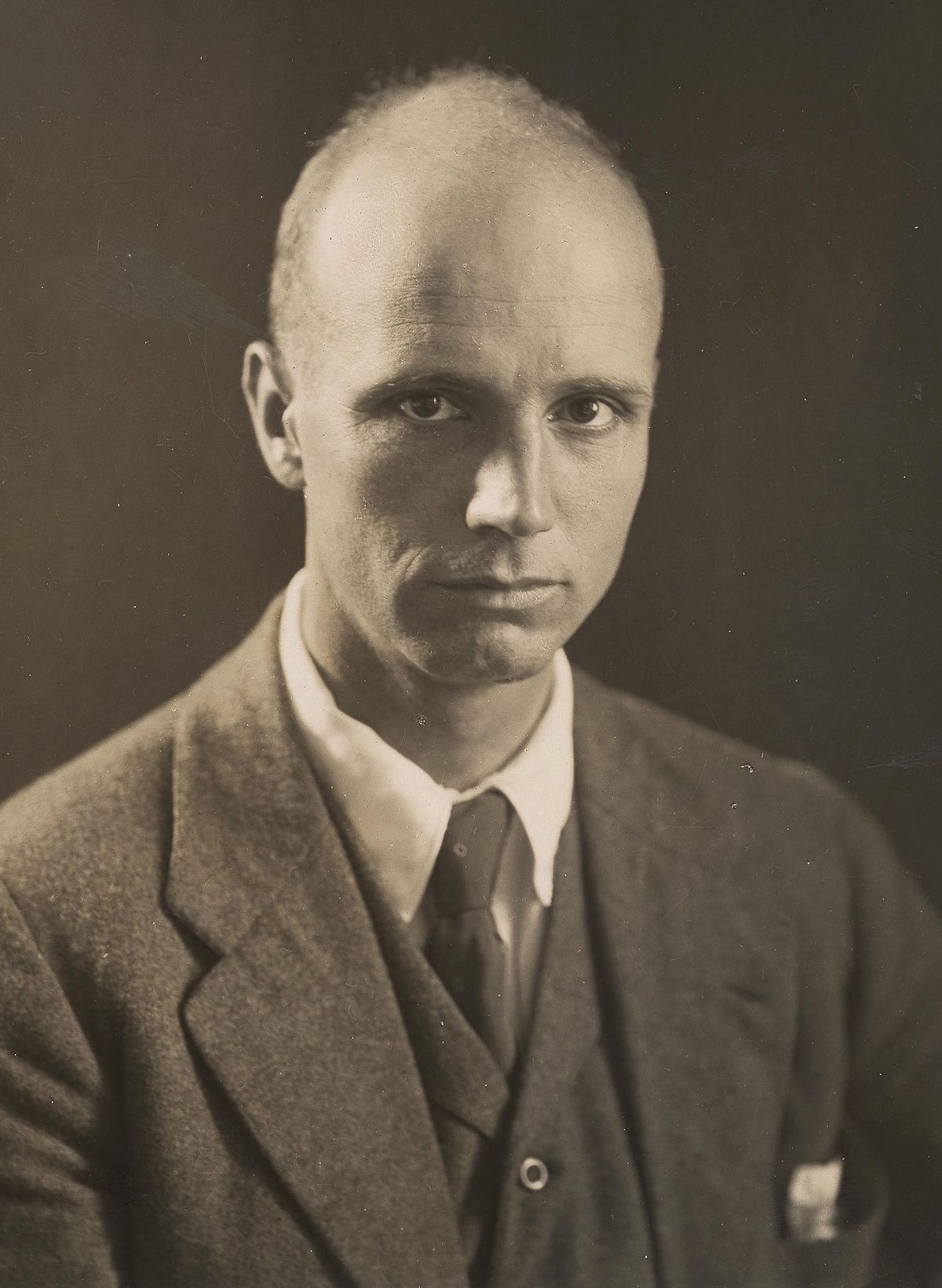
Rockwell Kent is an American artist, illustrator, and writer. He was born and raised in New York City and began his art career in the early 1920s.
Kent worked in a variety of genres and styles, including realism, expressionism, and cubism. Kent became known for his book illustrations as well as his paintings and prints. His work was frequently published in Harper's Weekly, The New York Times, and Vanity Fair magazines and newspapers.
He also illustrated many books, including famous works by Ernest Hemingway and Herman Melville. Kent was also an activist and political activist. He was an advocate of socialist ideals and participated in political movements. In addition, he was a traveler and explorer, having made several trips to Alaska and other far northern territories.
Kent was also a writer and author of several books, including the autobiographical novel It's Me, O Lord! and a book about his travels. Kent's style was recognizable and original, and he was known for his powerful compositions, bright colors, and pronounced contours. His work remained popular even after his death in 1971, and many can be seen in museums and art galleries around the world.
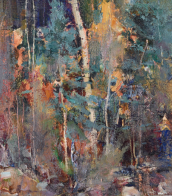

Simon de Vlieger was a maritime painter of the Golden Age of Dutch painting. He is best known for his paintings depicting the naval fleet of the Republic of the United Provinces of Holland. He painted ships in port, on the high seas, during storms, or shipwreck scenes. Flieger also made tapestries, engravings, and stained-glass windows for the Nieuwe Kerk in Amsterdam.

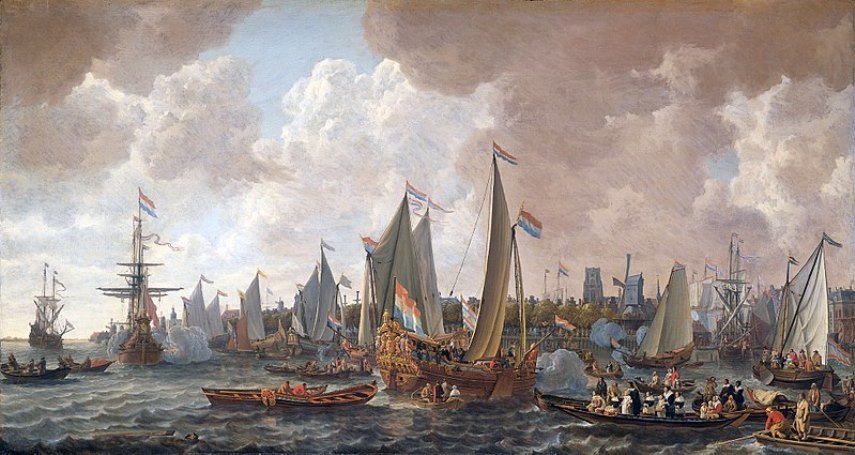

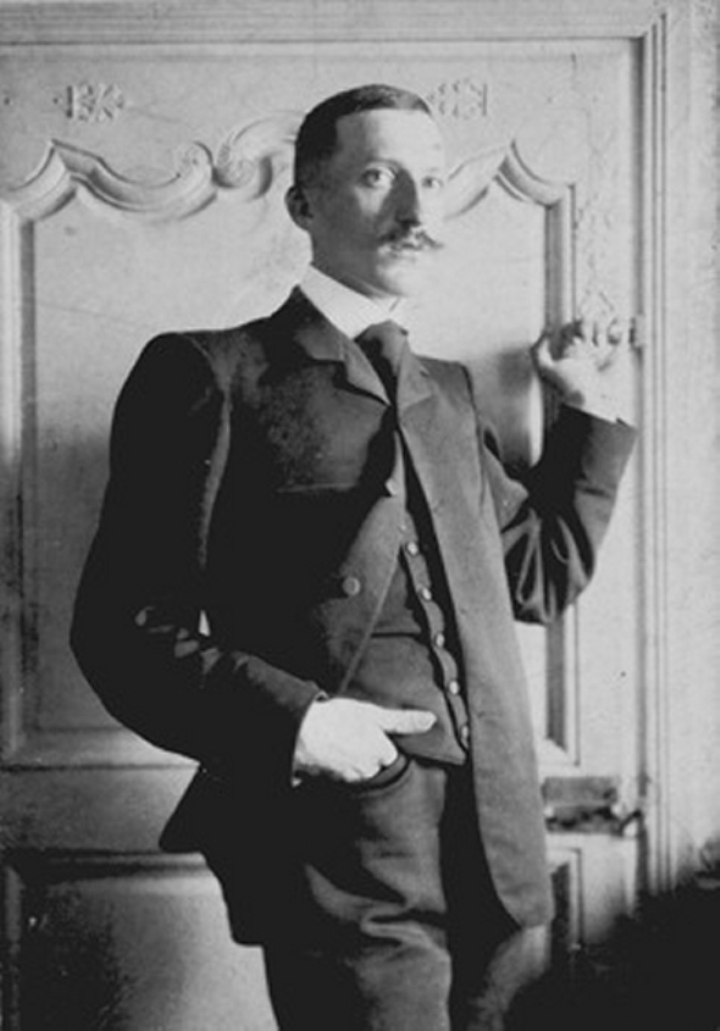
André Derain was a French artist, renowned as a painter, sculptor, and a pivotal figure in the development of Fauvism alongside Henri Matisse. Born on June 10, 1880, in Chatou, Yvelines, just outside Paris, Derain's artistic journey began in his youth. Despite initially studying to become an engineer, his passion for art led him to the Académie Julian and to acquaintances with notable artists like Matisse and Maurice de Vlaminck.
Derain's work, especially his paintings, is celebrated for its vibrant, expressive use of color and innovative compositions. His contributions to Fauvism, a movement characterized by the use of bold, non-naturalistic colors, marked a significant shift in the art world. The Fauvist period, particularly his collaboration with Matisse in the summer of 1905 in Collioure, culminated in works that were distinguished by their startling hues and wild brushwork, earning them the nickname "the wild beasts" or "les Fauves."
A notable period in Derain's career was his time in London in 1906, commissioned by art dealer Ambroise Vollard. His London series, including views of the Thames and Tower Bridge, are celebrated for their unique perspective and use of color, differing significantly from the traditional depictions of the city by artists like Whistler or Monet. These works stand out for their Pointillist influence and the effective conveyance of light and movement.
Derain's artistic evolution continued as he experimented with Cubism and was influenced by African art, as seen in his primitivist woodcuts for Guillaume Apollinaire's book "L'enchanteur pourrissant" (1909). His career, however, was not without controversy, particularly during World War II, when he was perceived as a collaborator due to his interactions with the Germans.
Despite the challenges and transformations in his career, André Derain left an indelible mark on the art world. His works are held in prestigious collections worldwide, including the Musée Cantini in Marseille and the Musée d'art moderne de Troyes. Derain's contribution to modern art, particularly through Fauvism, remains a subject of admiration and study among art collectors and experts.
If you're captivated by the artistic journey and pioneering spirit of André Derain, don't miss the opportunity to stay updated on his legacy. Sign up now to receive exclusive alerts on new product sales and auction events related to André Derain's work. Embrace your passion for art and culture, and ensure you're always informed about the latest offerings and unique pieces linked to this iconic artist.
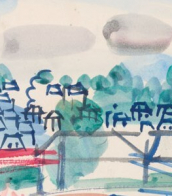
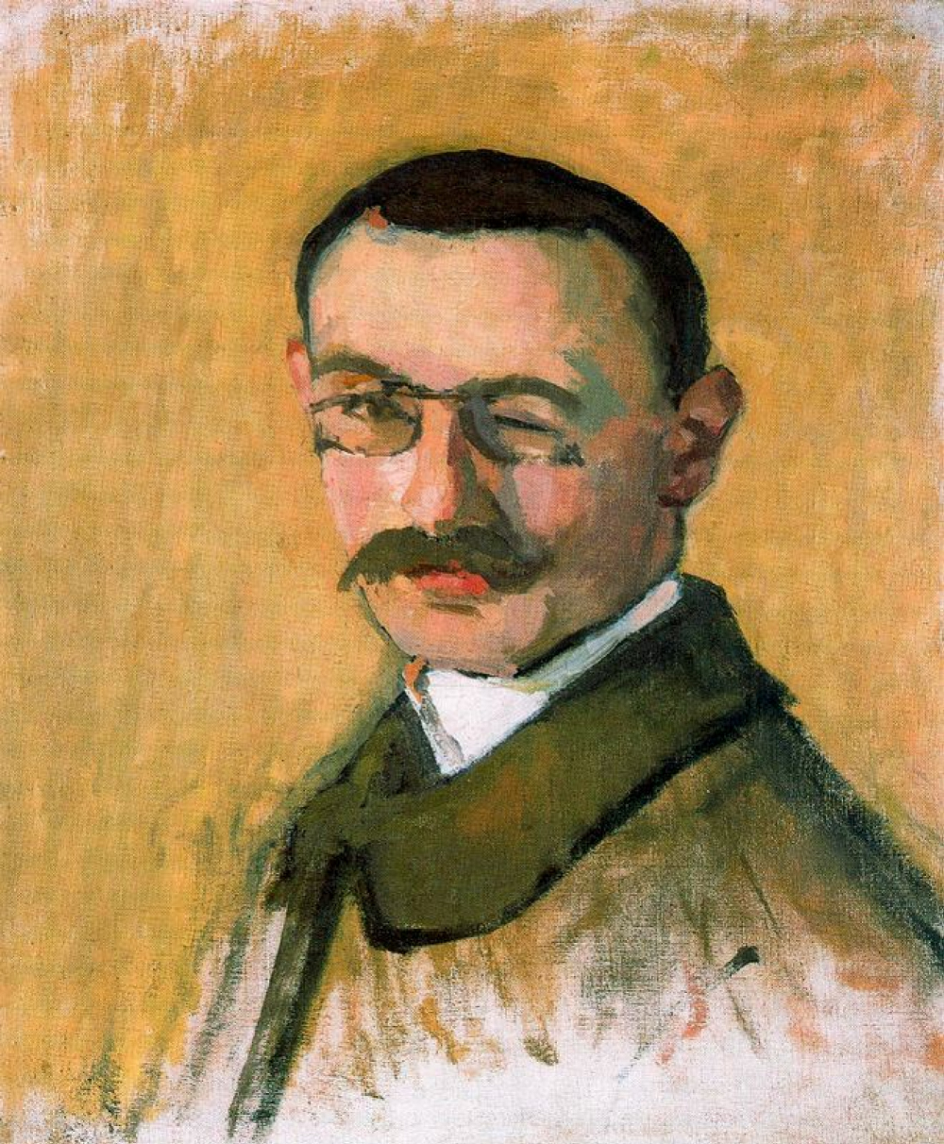
Albert Marquet was a French painter, renowned for his affiliation with the Fauvist movement, a group characterized by their use of wild, vivid colors to depict emotional expression. Unlike his contemporaries who embraced bright and violent colors, Marquet distinguished himself with a more subdued palette, employing less intense tones by mixing complementary colors to achieve a naturalistic style, primarily in landscapes. His work is celebrated for its simplicity in form and color, often focusing on serene water scenes, bustling city views, and the animated life of waterfront cities, particularly in North Africa and across various European locales like Naples and Venice.
Marquet's technique involved painting water as a broad area of simple tone, which cleverly held the plane of the water's surface without resorting to illusionistic perspective, allowing ships to emerge into a different plane with ease. This method, alongside his unique approach to color and composition, drew parallels with Japanese Shijo style work, emphasizing simplicity, movement, and the effective use of color to capture scenes' essence.
Throughout his career, Marquet frequently returned to favored subjects, capturing subtle variations in light and atmosphere. His landscapes, cityscapes, and maritime scenes are noted for their tranquility and the artist's keen observation of light and color. His works are housed in prestigious museums worldwide, including the Musée National d'Art Moderne, the Metropolitan Museum of Art, and the Pushkin Museum, showcasing his versatile talent in capturing the natural and urban environment.
Marquet's legacy is significant, admired for his astute sense of color and the ability to convey atmospheric mood with minimal elements. His influence extends beyond the canvas, impacting subsequent generations of artists and collectors who appreciate the subtlety and depth of his work. For collectors and experts in art and antiques, Albert Marquet represents a pivotal figure in modern art, whose works continue to inspire and captivate audiences with their serene beauty and emotional depth.
To stay informed about new sales and auction events related to Albert Marquet's works, signing up for updates can offer exclusive insights and opportunities to acquire pieces by this influential artist. This subscription is an invaluable resource for those keen to enhance their collection with works by one of the masters of Fauvism and modern landscape painting.

